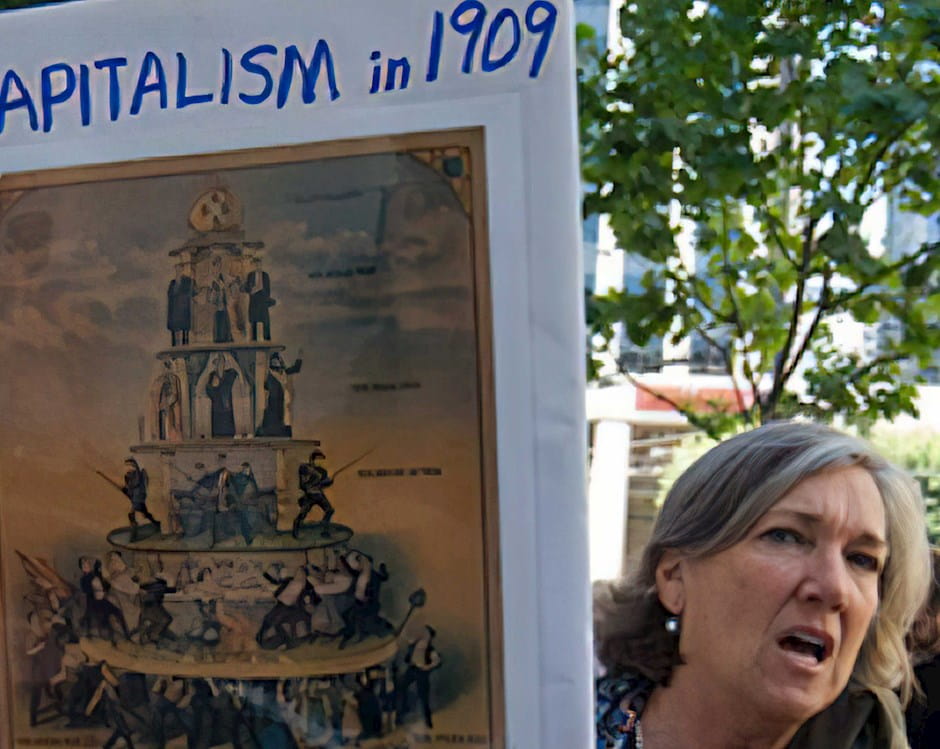
How High Debt Leads to Income Inequality
Debt plays such a common role in the economy that we often forget how harsh it is.
How High Debt Leads to Income InequalityIn the midst of steadily declining poverty and unemployment, the income gap in the United States continues to widen. Income inequality has reached the highest level in five decades, according to a September 2019 Census report.
Could growing inequality be related to residential segregation? The Minneapolis Fed’s Alessandra Fogli and Chicago Booth’s Veronica Guerrieri find there was a significant increase in residential segregation by income during the decades when income inequality grew.
Fogli and Guerrieri developed a model that demonstrates how income-based segregation in the US has contributed to the broader income gap. Their findings suggest that income segregation has a substantial effect on overall income inequality, particularly as higher-income jobs increasingly seek higher-skilled workers.
The researchers used Census tract data on family income from 1980 to 2010 to model measures of inequality and residential segregation among metropolitan statistical areas. They used the Gini coefficient to measure inequality, and the dissimilarity index, which is a common indicator of the uneven distribution of two groups across geographical areas, to gauge segregation.
Fogli and Guerrieri find that as income segregation increased during this period, so did broad income inequality. And the more the skill premium rose, the more income segregation widened and the overall income gap grew. Thus, the chances of children from less-affluent neighborhoods being able to enjoy upward mobility decreased, further eroding the American dream, they argue.
The researchers’ model has two neighborhoods, and its key ingredient is neighborhood spillovers that affect children’s future incomes. Neighborhood A was more desirable because it was populated by richer families that generated positive local spillovers: better schools that were mostly locally financed, peers who were exposed to more extracurricular activities, social norms that were more conducive to academic success, and social networks that could help when students entered the labor market. The more desirable Neighborhood A became, the higher home prices rose, locking out lower-income families and increasing segregation by income.
The researchers calibrated the model using data from 1980 and, to discipline the strength of a local spillover, they used the micro estimates of the effects of neighborhood exposure proposed by Harvard’s Raj Chetty and Nathaniel Hendren. Using the calibrated model, Fogli and Guerrieri studied how the economy responded to a skill-premium shock caused by technological progress that, as documented in the data, boosted the income of more-educated people. As the premium for skilled work rose, inequality mechanically increased because high-skilled workers became even richer. However, the researchers argue that this was not the end of the story: families invested even more in their children’s education, in part by moving to better neighborhoods. Thus, real-estate prices in these neighborhoods spiked even higher as demand grew, pushing out lower-income families and reducing the hope for intergenerational mobility. This increased the gap in the strength of local spillovers in the two neighborhoods, further increasing inequality.
Finally, the researchers used their model to run a counterfactual exercise that helps answer the question of how much residential segregation contributed to the increase in US inequality after 1980. In particular, they looked at what would have happened if, after the skill-premium shock, families had been randomly relocated to Neighborhoods A and B, muting segregation. Fogli and Guerrieri then compared the inequality dynamics in this exercise with the ones in the baseline model. The difference between the two highlights the outsize effect of income-based segregation on the wage gap, which the researchers find contributed 28 percent to the broad increase in income inequality between 1980 and 2010.
As the skill premium continues to rise in the face of major technological advances, income-based segregation may increase, meaning the wage gap will grow ever wider and children from lower-income neighborhoods will have even fewer opportunities to experience upward mobility.
Your Privacy
We want to demonstrate our commitment to your privacy. Please review Chicago Booth's privacy notice, which provides information explaining how and why we collect particular information when you visit our website.